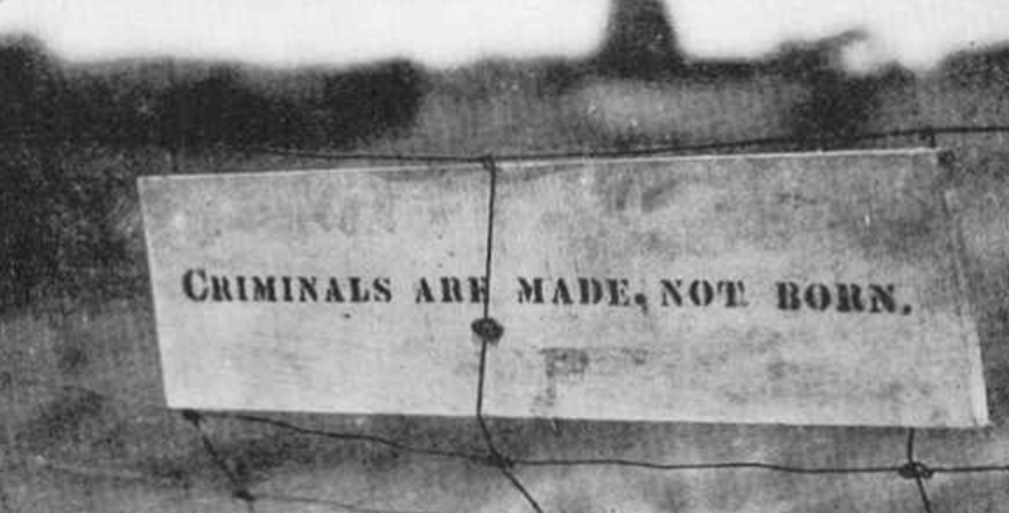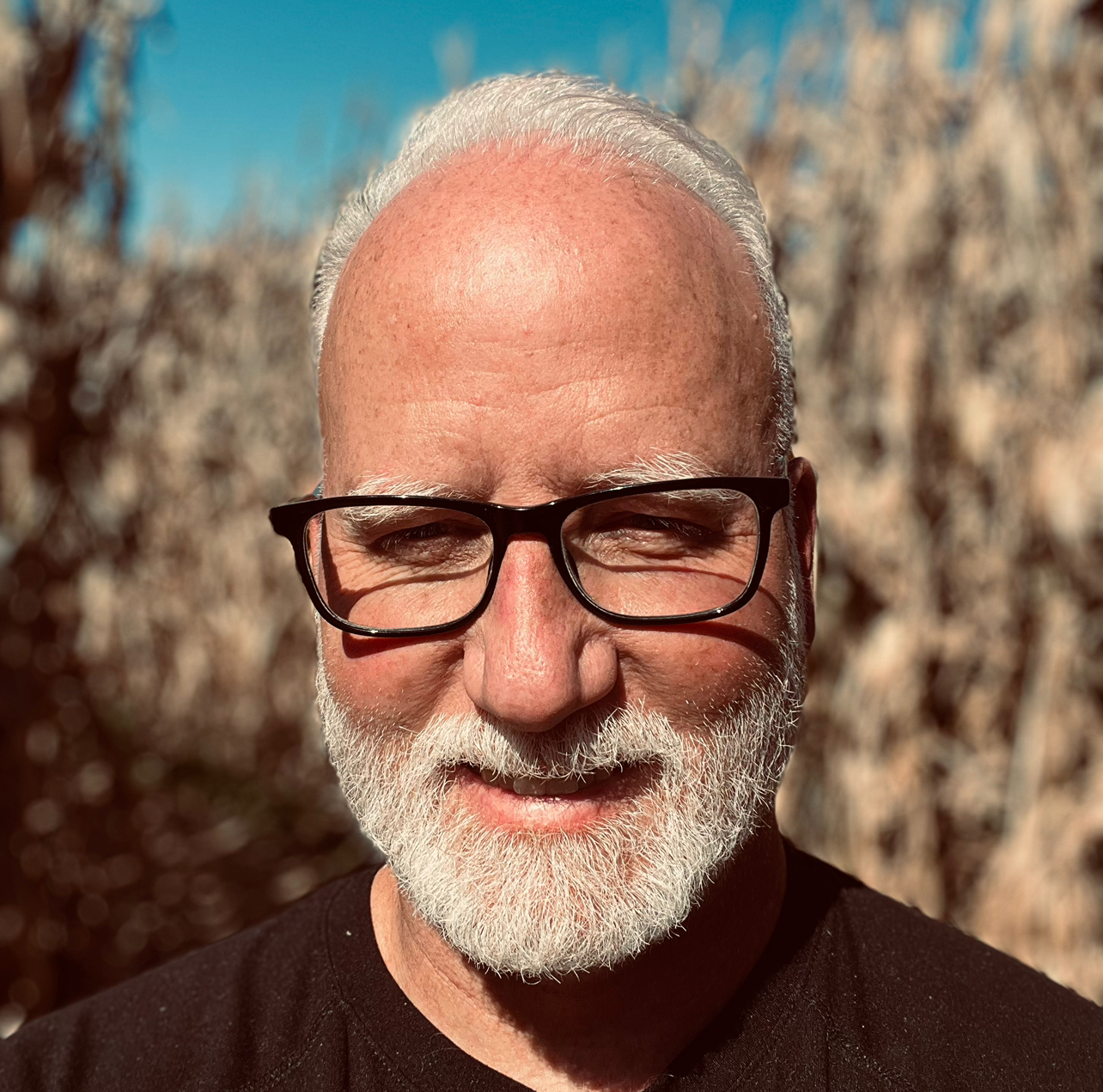- Register
- ☰
×
Don Shomette
540-577-7200
don@donshomette.com
Safe & Loved
Coaching/Consulting
Trainings
Free Resources
In 1927, Andrew Kehoe murdered 44 people and wounded 58 in the Bath Consolidated School bombing. His goal was to kill nearly 300.
Before the attack, he hung this sign on his fence.

This was his defense—his justification.
Kehoe knew that what he was about to do was wrong, but in his mind, he wasn’t a villain. He believed he was justified because others, real or perceived, had wronged him.
It begs the question…what did those 300 innocent children do to him that “made” him a criminal?
The answer is nothing.
Yet in his broken moral logic, his grievance against adults somehow excused murdering children. This is the exact same mindset of school shootings.
They know they’re wrong but, like Kehoe, they’re justified because someone else did something to them which justifies murdering others.
This is horribly broken thinking and we must push back on it.
The deal is that no one starts at murder.
They lead up to it. Justifying smaller things until they arrive at murder.
Our goal must be to push back right now on the little things. If we leave them unchallenged, that broken logic only grows stronger and more dangerous.
The types of statements that should trigger immediate pushback:
1. “What I did isn’t as bad as what they did to me.”
2. “They did it to me first.”
3. “I have a right to hurt others because I was hurt first.”
4. “It’s not my fault. They made me do it.”
5. “It’s not my fault. They deserved it.”
6. “They had it coming.”
7. “They don’t deserve mercy.”
8. “They don’t deserve to live.”
9. “I’m not wrong because they did it to me first.”
How to Push Back.
• Commit right now to action.
Tell yourself that within 5 seconds of hearing something that sounds like a student is justifying wrong behavior that you will act.
• Stay firm but calm.
Challenge the belief without trying to shame the student. If you come across too angry, critical, or judgmental they may never share these thoughts again.
• Ask clarifying questions.
“If they were wrong for what they did, how does you doing the same thing make you right?”
What makes you think that’s okay?” or “If it’s wrong for anyone to act that way, why does you doing it make it okay?”
• State the truth plainly.
“Being hurt does not give you the right to hurt others.” “Pain is never permission to hurt someone else.” “Wrong is wrong regardless of who does it.”
• Keep the door open.
Try to encourage more conversations and candid discussions that allow you to gain understanding into the mindset and perspective of the student.
Andrew Kehoe knew he was wrong.
That’s why he hid what he was doing. He just wanted to believe he was justified by claiming ‘they made him into a criminal’.
The truth is he made himself a criminal when he murdered innocent children.
He did it to himself.
There is no justification for hurting an innocent person.
Wrong is wrong and right is right...for everyone.
Push back every time you hear a student justifying wrong, violent, or vindictive behavior because challenging that thinking today might be the one thing that stops it from escalating to tragedy in the future.

Join the Safe & Loved Community and get more tips